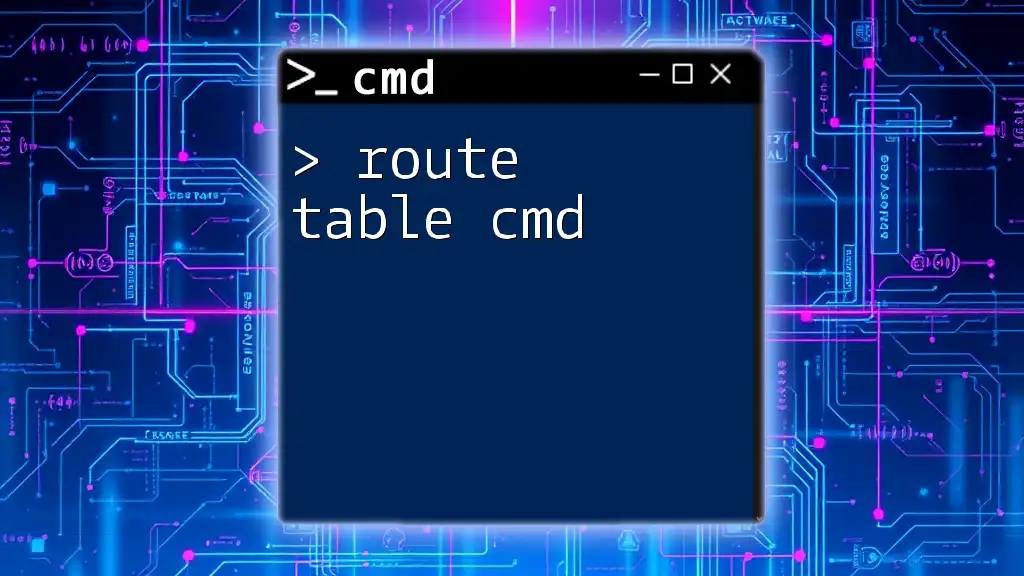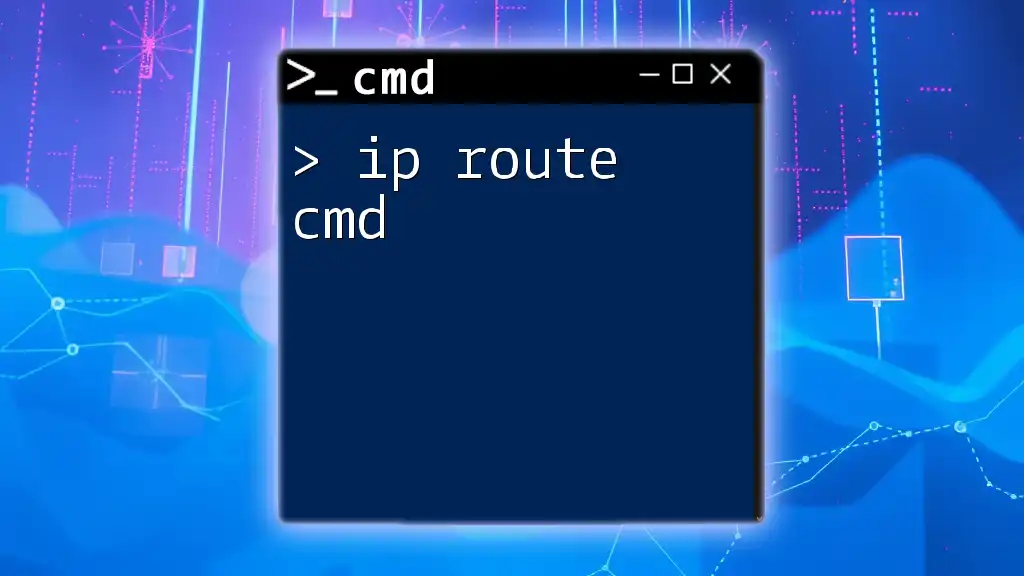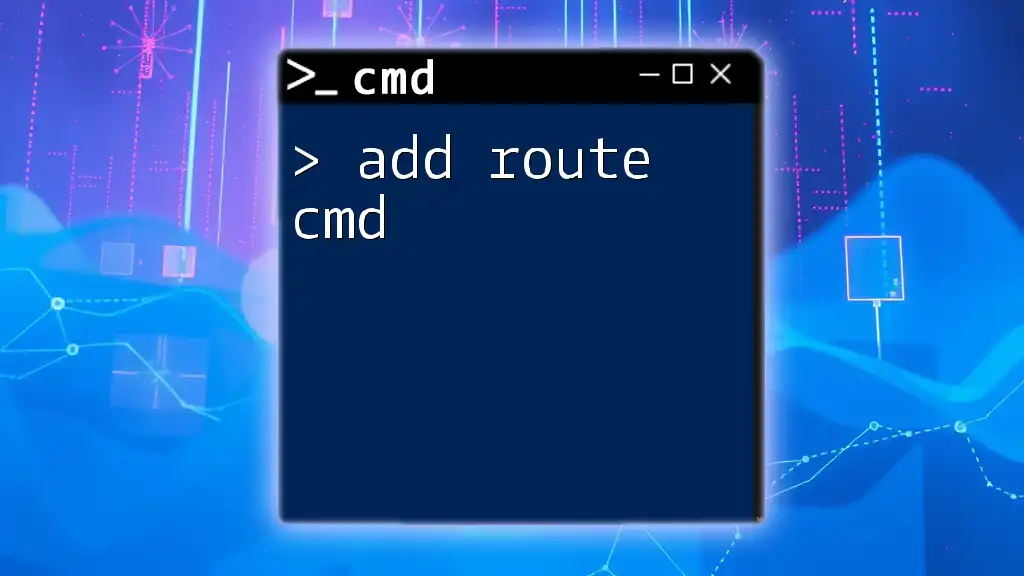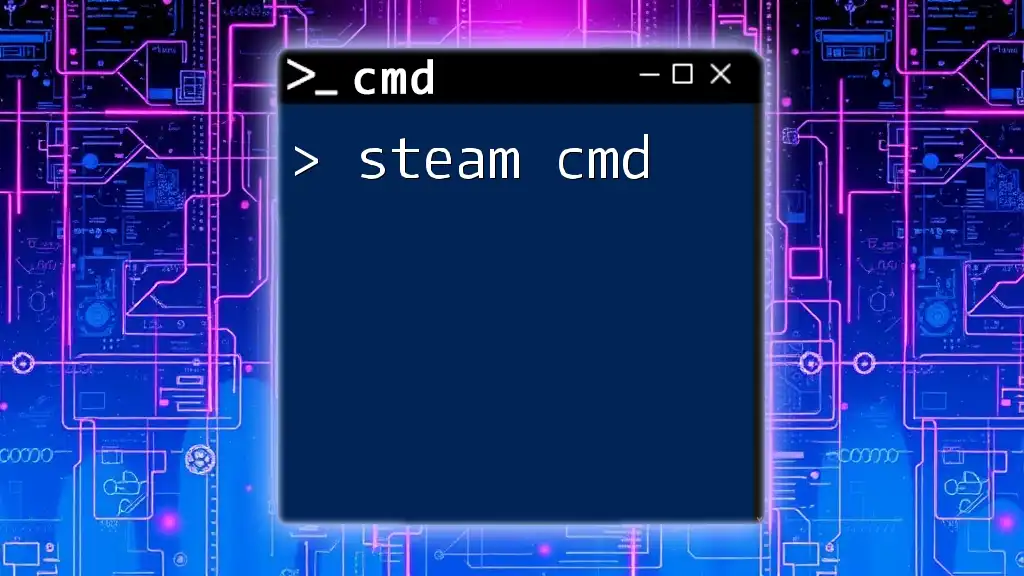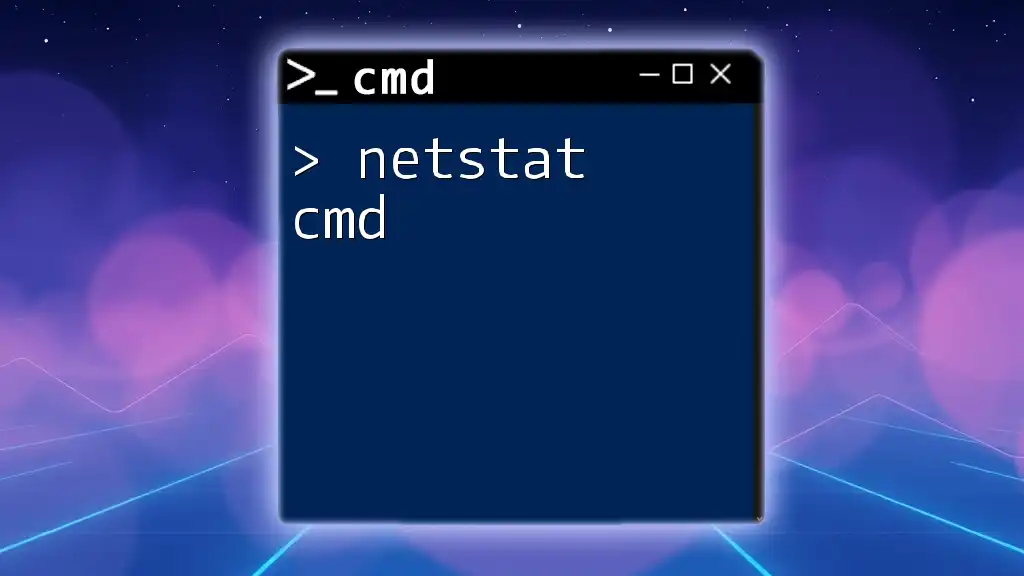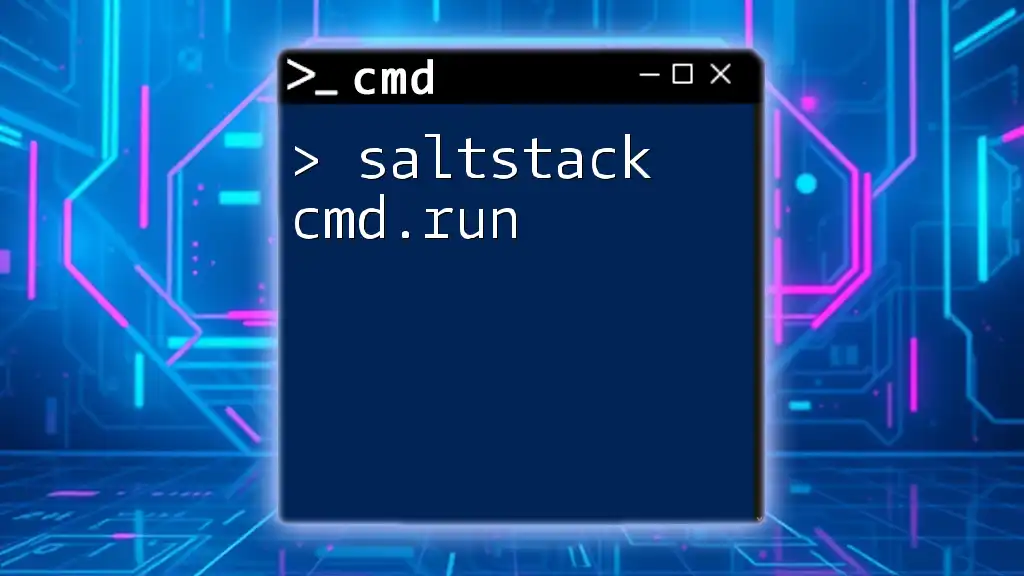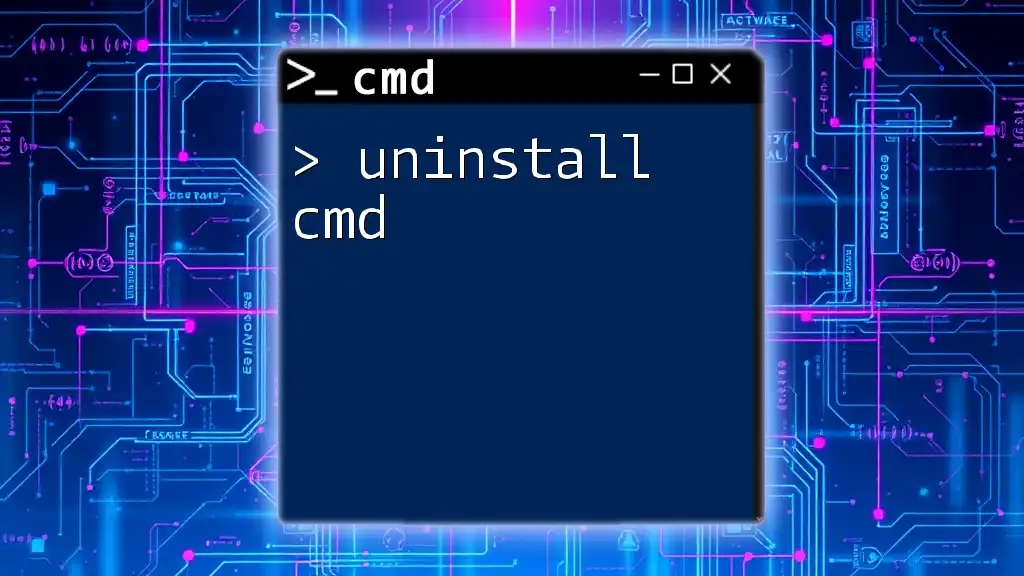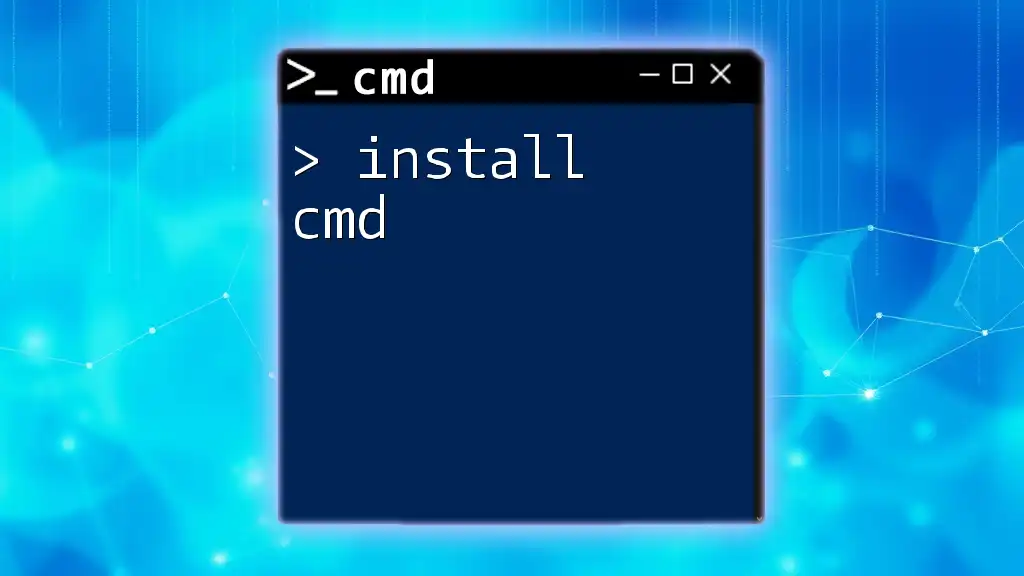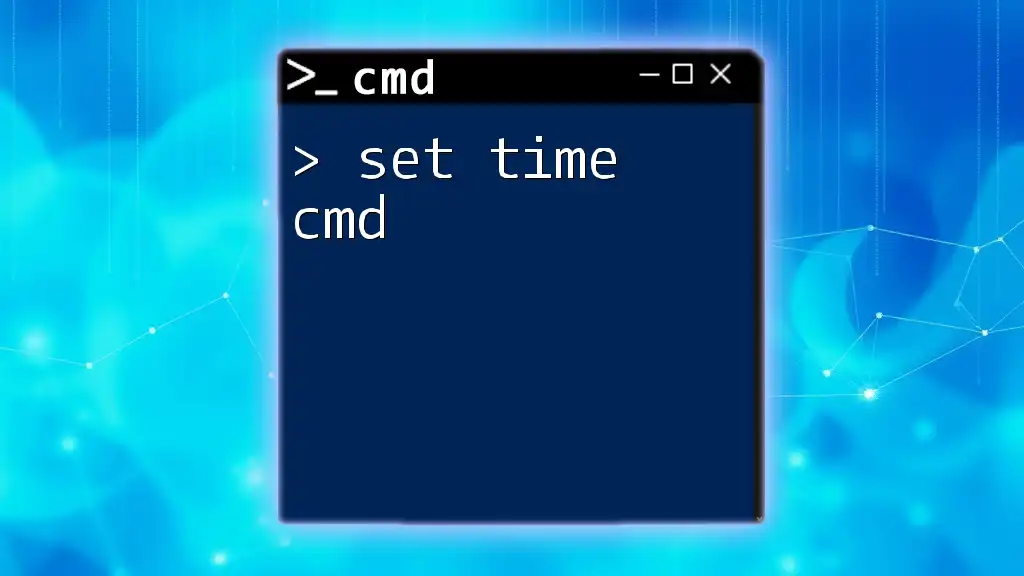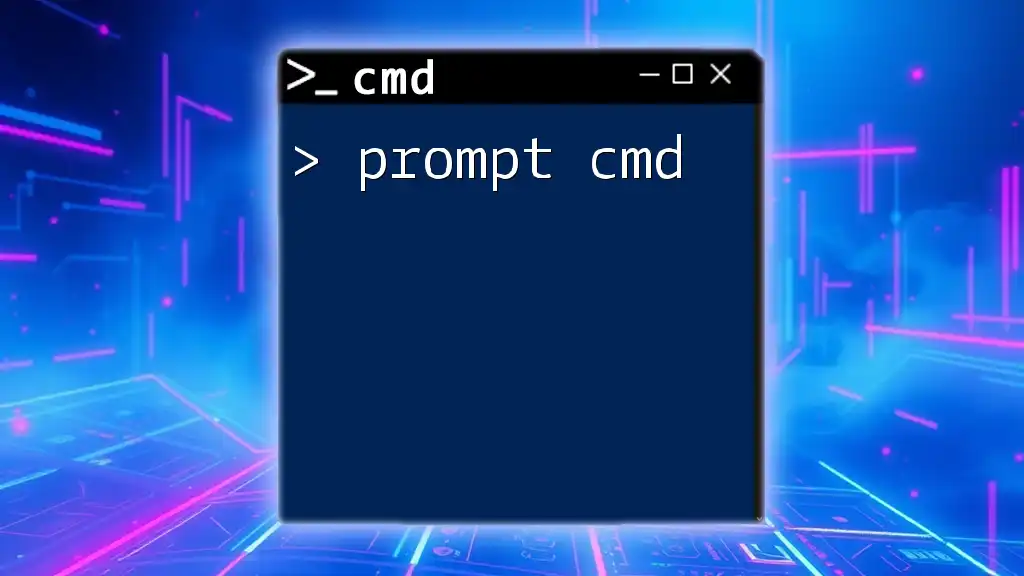The route command in cmd is used to view and manipulate the IP routing table, allowing users to add, delete, or modify routes for network traffic.
Here’s a basic example of how to display the current routing table:
route print
Understanding Route Tables
What is a Route Table?
A route table is an essential component in networking that helps determine how data packets are forwarded through a network. It acts like a map for routing data, enabling devices to communicate efficiently over TCP/IP networks. The table contains various routes, which dictate where packets should go based on their destination IP addresses.
Components of a Route Table
To fully understand route tables, we need to explore their key components:
-
Destination: This specifies the IP address of the target network that packets are intended for. Each entry in the route table must have a defined destination.
-
Subnet Mask: This defines the range of addresses in the destination network. It helps distinguish between the network portion and the host portion of an IP address.
-
Gateway: The gateway serves as the routing device that forwards packets to their destination, essentially the next hop that data travels through.
-
Interface: This refers to the local network interface on which the packet will be sent. Knowing the correct interface is crucial for effective routing.
-
Metric: This value represents the cost of a route; lower metrics are preferred over higher metrics when multiple routes to the same destination exist. The metric can be based on various factors, including hop count or latency.
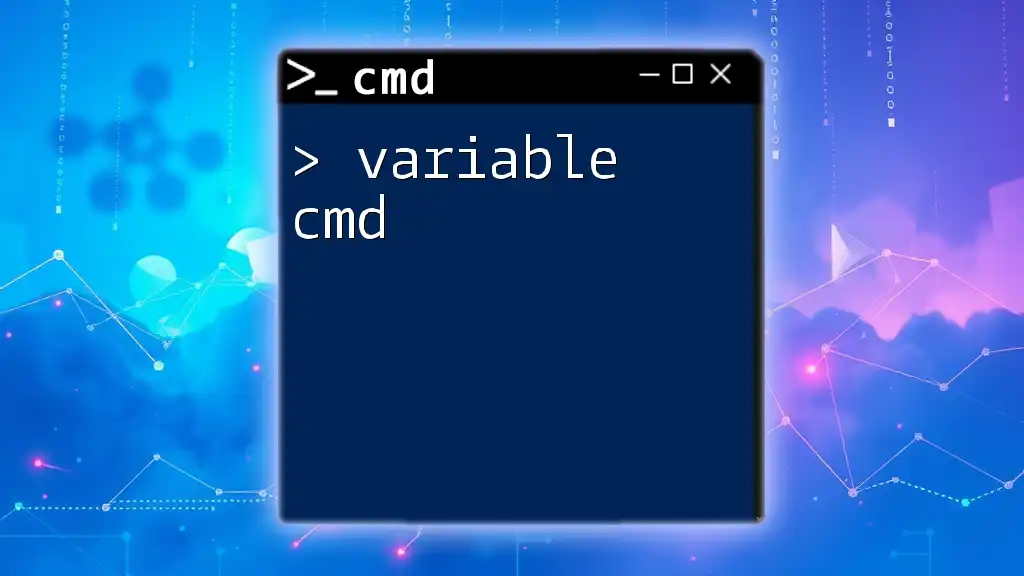
Accessing the Route Table using CMD
Opening Command Prompt
To access the route table, first, you need to open the Command Prompt in Windows. You can do this by searching for "cmd" in the Start menu. For administrative tasks such as modifying routes, it is advisable to run the CMD as an administrator. Right-click on the Command Prompt icon and select Run as administrator.
Basic Command to View Route Table
The primary command to view the current routing table is:
route print
Executing this command will display the entire routing table, including important information such as the destination, subnet mask, gateway, interface, and metric for each route. Look for the "IPv4 Route Table" section in the output to assess how different networks are configured on your device.
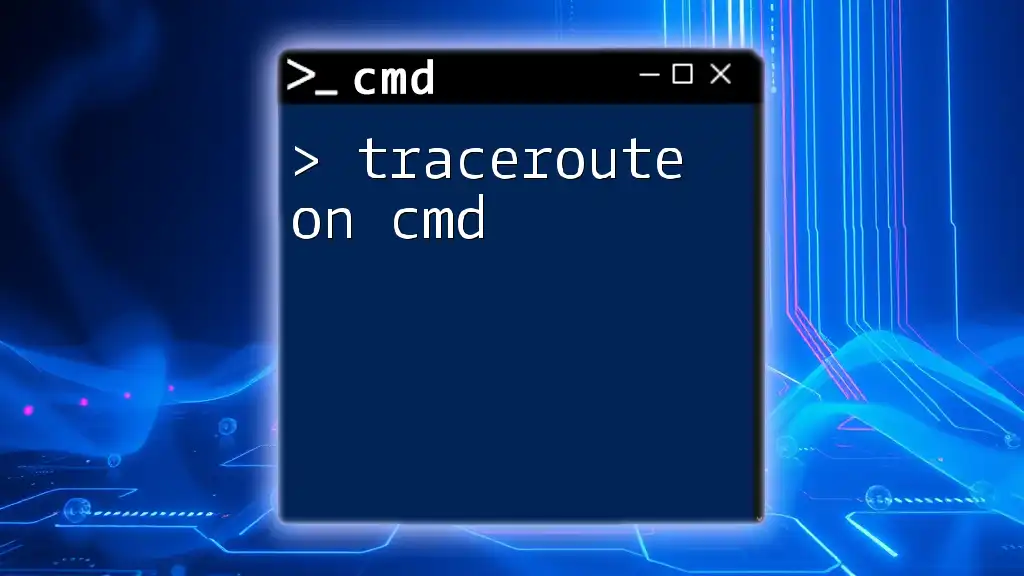
Managing the Route Table
Adding a Route
To add a new route to your routing table, use the following syntax:
route add destination mask subnet_mask gateway metric
For example, if you want to add a route to the network 192.168.1.0 with a subnet mask of 255.255.255.0 through the gateway 192.168.0.1, the command would be:
route add 192.168.1.0 mask 255.255.255.0 192.168.0.1
This command adds a specific path for packets destined for the 192.168.1.0 network. Adding a route can help increase network performance by directing traffic through the most efficient paths.
Deleting a Route
If you need to remove an existing route, the command syntax is simple:
route delete destination
To delete the route to the network 192.168.1.0, you would run:
route delete 192.168.1.0
This command removes the specified route from the table, which can be useful for cleaning up stale routes that are no longer valid or necessary.
Modifying a Route
Sometimes, you may need to change the attributes of an existing route. The command to modify a route is as follows:
route change destination mask subnet_mask gateway metric
For example, if you need to change the gateway for the network 192.168.1.0 to a new gateway 192.168.0.2, use the command:
route change 192.168.1.0 mask 255.255.255.0 192.168.0.2
Modifying a route can be crucial when a network topology changes or if you need to redirect traffic for better performance.
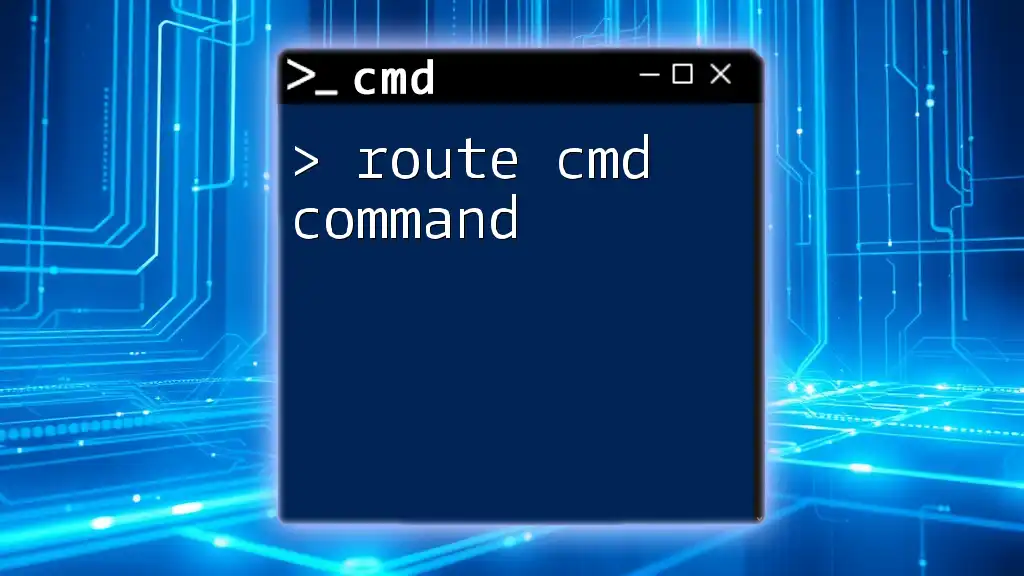
Advanced Route Table Management
Serial Connections and Dynamic Routing
Dynamic routing protocols manage routes dynamically, allowing the network to adapt to changes automatically. While CMD commands primarily focus on static route management, understanding how dynamic routing works is essential. Dynamic routing protocols like RIPv2 or OSPF can update routes based on real-time conditions, enhancing network resilience.
Viewing Route Metrics
Metrics play a critical role in route selection, especially when multiple paths exist. Using the `route print` command, you can examine how different metrics affect packet delivery. Lower metrics are prioritized, and understanding this can inform your choices in network design. For example, if you notice that a route with a high metric is taking precedence, investigating why could lead to improved performance.
Troubleshooting Route Table Issues
Route table issues can disrupt network communications. Common problems include incorrect gateway settings or misconfigured metrics. To diagnose these issues, use the following command:
tracert destination
This command traces the path taken by packets to a specific destination. By examining each hop along the way, you can pinpoint routing problems, ensuring that data reaches its intended target without unnecessary delays.
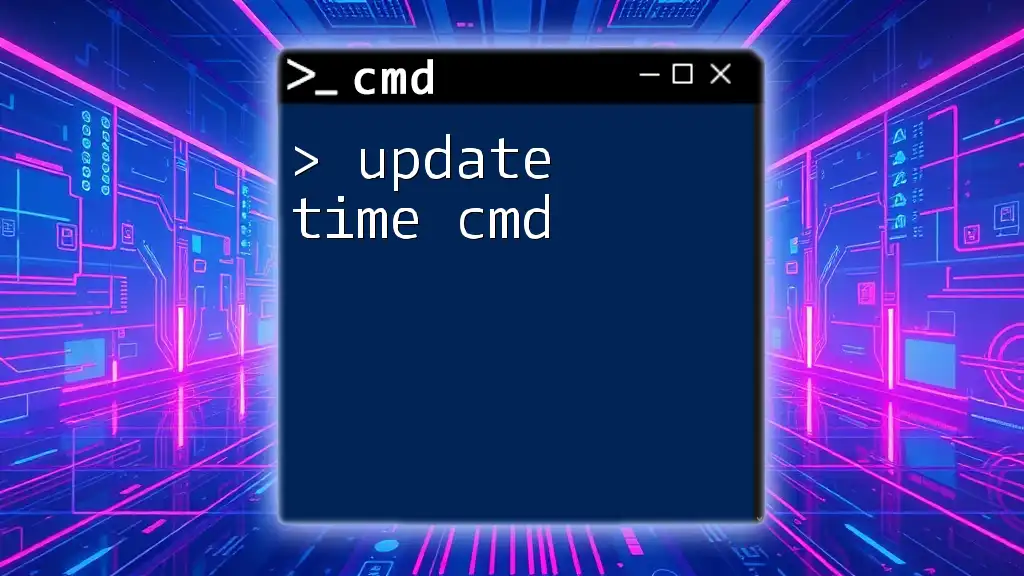
Tips and Best Practices
Keeping Your Route Table Organized
To maintain network efficiency, it's essential to keep your route table organized. Regularly review and update your routes to remove any that are obsolete. Documenting changes can prevent issues and facilitate better troubleshooting.
Understanding TTL (Time to Live) and Its Relation to Routing
Time to Live (TTL) is a crucial concept in networking that indicates the lifetime of a data packet. Each hop a packet makes decrements its TTL value. If TTL hits zero before reaching its destination, the packet is discarded. Understanding TTL can help in diagnosing potential routing issues, especially in complex networks.

Conclusion
In summary, mastering the "route table cmd" commands is fundamental for effective network management. From viewing the routing table to adding, deleting, and modifying routes, these commands empower users to tailor network behavior to meet their needs.
Practicing these commands and expanding your knowledge of networking concepts will enhance your ability to manage and troubleshoot networks efficiently. Embrace the power of CMD to explore and excel in network management.

